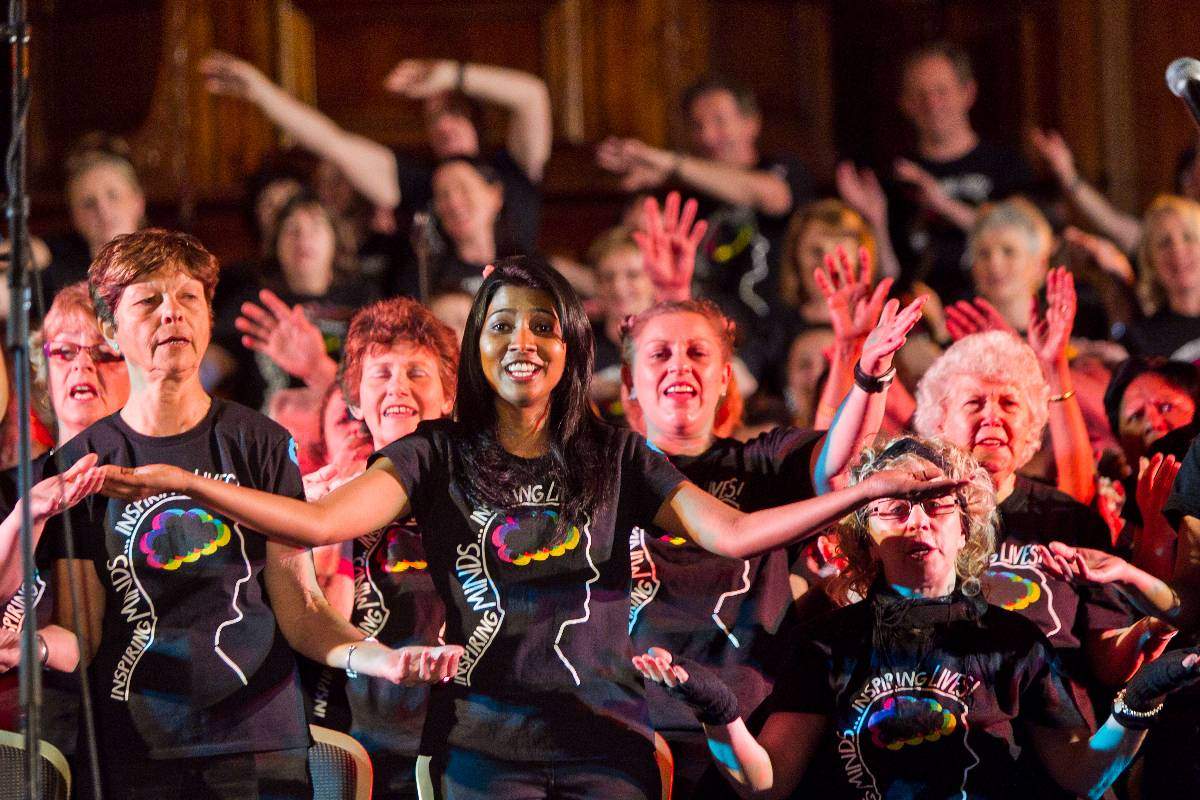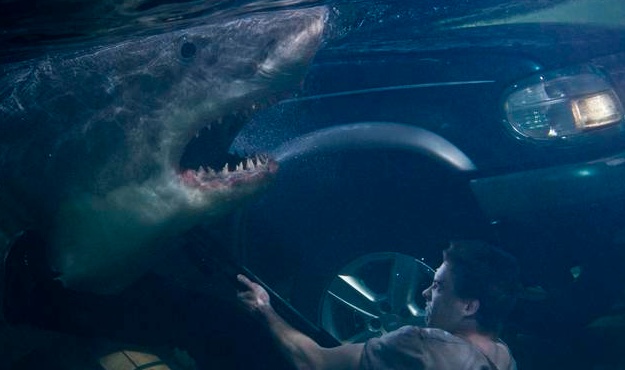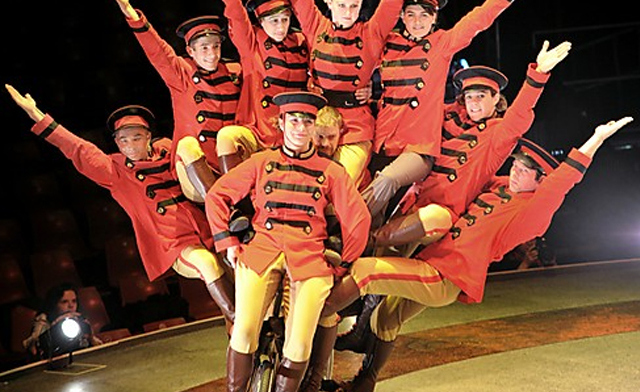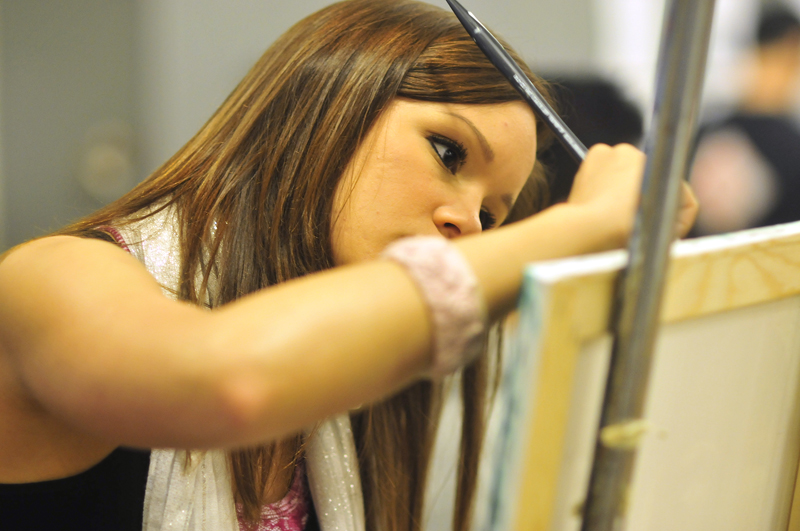Four Interesting Ideas in the New Australian Cultural Policy
The Gillard Government announced their long-awaited cultural policy which look set to have some unexpectedly awesome consequences
This week, the Gillard Government announced their long-awaited arts and cultural policy: Creative Australia. Fashioned as a sort of 21st-century sequel to Keating's groundbreaking Creative Nation, the $235 million policy is perhaps the most comprehensive and wide-ranging articulation of and investment in the arts ever seen in Australia. And thus far the policy has been met with the sort of response that the Gillard Government has grown increasingly unaccustomed to: overwhelming support.
But what does Creative Australia actually have to offer? The 152-page policy takes real steps to reflect the artistic diversity of Australia through major investments in Aboriginal art and international artistic partnerships, particularly in Asia. It also demonstrates the government's desire to support the cultural industry as exactly that: an industry. By putting money in the pockets of artists and cultural institutions, the government is hoping to create jobs and expand an industry that currently employs over 531,000 people and has produced an estimated $93.2 billion in profits.
Having ploughed through pages of the usual PR guff, it has been a pleasant surprise to find that Creative Australia actually has the potential to radically expand and reform Australia's cultural industry. As the policy states, "culture is not created by government but enabled by it", and while this statement has a distinctly hollow political ring to it, it is a surprisingly accurate way of describing how these four features of Creative Australia could revamp our artistic landscape.
A GREATER FOCUS ON ASIA
A couple of generations ago, depending on who you speak to, Australians began celebrating and/or bemoaning the invasion of American culture into our own artistic landscape. These days, Asia is the new kid on the block, and the Australian government are hoping to capitalise on Asia’s growing cultural dominance through the creation and strengthening of various formal and informal artistic partnerships with the region.
In the world of cinema, this means more co-production agreements between Australian and Asian filmmakers. Such partnerships with Singapore have already produced the Jaws-esque horror blockbuster Bait 3D (which reached number one at the box office in China) and the forthcoming TV project Serangoon Road, which is set to air on the ABC and Home Box Office Asia later this year. In the world of visual art, this means the introduction of new legislation protecting overseas loans, such that more Japanese and Chinese art will be popping up in your local gallery in exchange for Australian artworks gaining greater exposure in Asian galleries.
SUPPORTING THE DIGITAL REVOLUTION
Australia's most neglected (yet highest grossing) digital artform is finally getting the sort of government attention it most richly deserves: video games. The newly formed Australian Interactive Games Fund is set to receive $20 million over the next three years in an effort to support Australia's independent games studios in the creation of digital content. Digital media has likewise radicalised the way we consume music, films and television and the Creative Australia policy reflects this converging cultural market. The Federal Government has outlined a variety of policy initiatives including the creation of an online production fund, a $10 million investment to support the production of screen and television suitable for digital platforms, a $5.4 million investment into Australian music and radio and a comprehensive review of Australia's copyright laws to determine whether they appropriately reflect Australia's digital media landscape.
INCREASED FUNDING FOR SIX PERFORMING ARTS COMPANIES
A central component of the Creative Australia policy has been to support artistic institutions that tell distinctly Australian stories. While once upon a time, the term 'Australian stories' was synonymous with ocker comedies and gross stereotypes of the Crocodile Dundee and Barry McKenzie variety, the term has now come to represent a multiplicity of experiences that have a uniquely Australian character. The Federal Government have invested $9.3 million in six performing arts companies who by their estimations have developed a reputation for telling meaningful Australian stories, whether this be through original productions or contemporary reinterpretations of classics. The six companies are Bangarra Dance Theatre (NSW), Belvoir (Company B) (NSW), Black Swan State Theatre Company (WA), Malthouse Theatre (Vic), Circus Oz (Vic) and West Australian Ballet (WA). This funding has the potential to transform these often small, boutique performing arts companies into world-beating artistic hubs.
FURTHER JOB CREATION IN THE ARTS
Creating jobs in the cultural industry takes one primary form in the Creative Australia policy: nurturing and capturing talent through investment in educational institutes. This investment isn't just for elite training organisations, though the government is pumping an extra $20.8 million into these institutions, but also for younger budding artists and performers. Particularly notable is the investment of $8.1 million into the Creative Young Stars Program, encouraging artists from primary school age to those in their early twenties to roll up their sleeves and get stuck into the arts. The Gillard government have also recognised the increasing difficultly faced by artists and performers in transitioning from tertiary education into the workforce. This is seen in the $9.7 million investment into ArtStart, which focuses on making artists more business-savvy in the dog-eat-dog world of art and the $3.4 million given to the ArtsReady program to support school and university graduates transform their love of art, music, dance, performance or drama into a fulltime profession.










